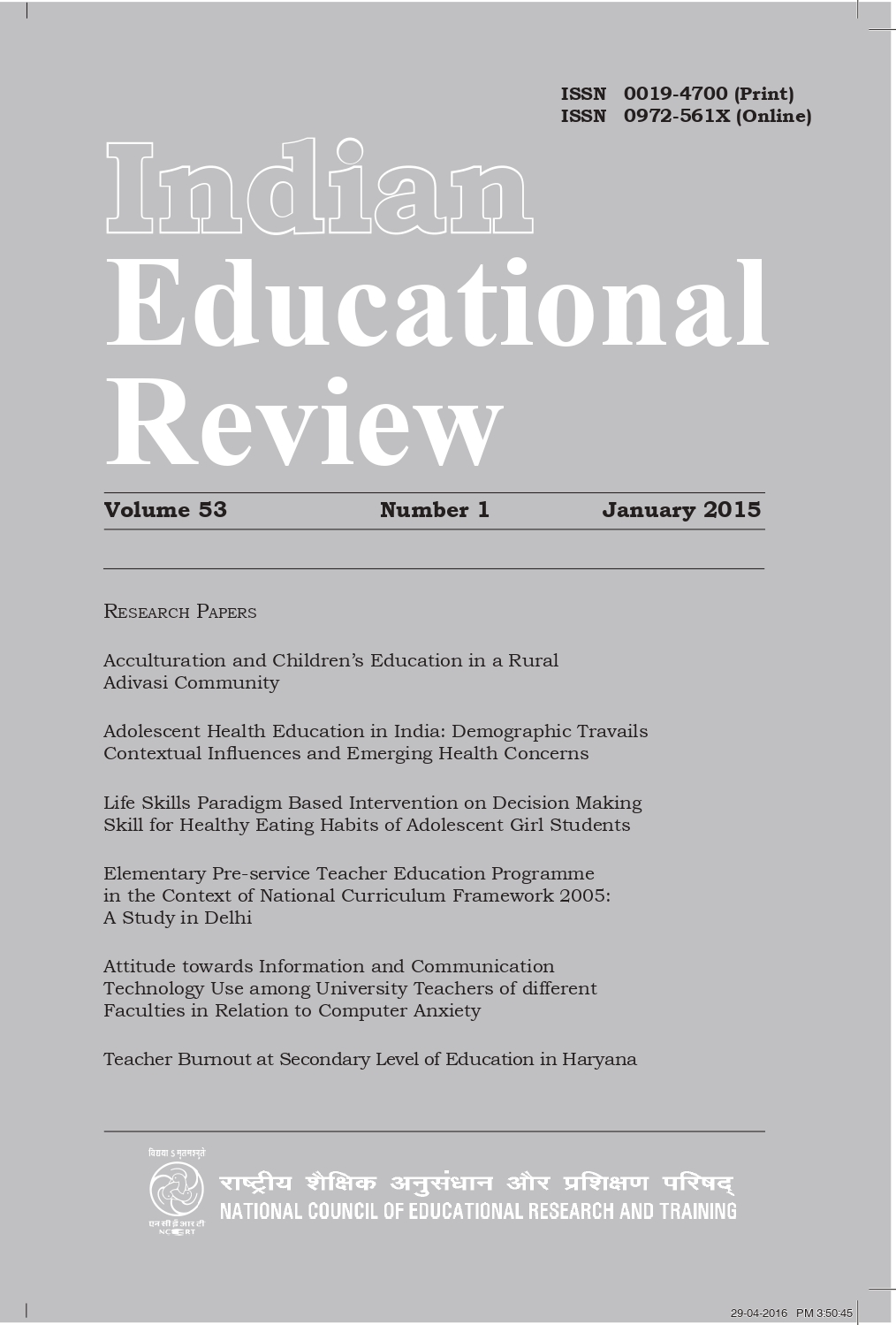Published 2024-12-31
Keywords
- Vocational Education Programme,
- Education Commission
How to Cite
Abstract
Vocational and technical education and training systems are viewed as key indicators of youth preparedness for employment as they can provide young girls and boys with the right competencies and equip them for the world of work, thus facilitating smooth school-to-work transition. Post independence, the major recommendation of the first Education Commission (1964-66), popularly known as Kothari Commission, was integrating work experience with education to ensure productivity. The policy document on Vocationalisation of Secondary Education (1976) is a landmark in the history of vocational education in India. The National Working Group on Vocationalisation of Education reviewed the Vocational Education Programme (VEP) extensively and developed guidelines for the expansion of the programme. The National Policy on Education (1968), for the first time, recommended bifurcation of secondary stage of school education into vocational and academic streams. It recommended introducing work education from Classes I to VIII, prevocational education in Classes IX and X, and vocational education as a distinct stream in XI and XII. Its recommendations led to the initiation of the centrally sponsored scheme on Vocationalisation of Secondary Education. The main objectives of the scheme were to enhance individual employability, reduce the mismatch between demand and supply of skilled human resource and provide an alternative for those pursuing higher education without particular interest or purpose. It further emphasised on increasing access to vocational education among the girls.

